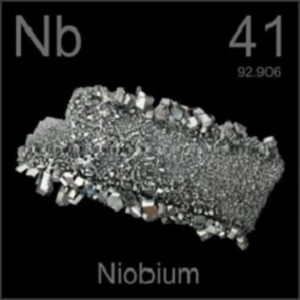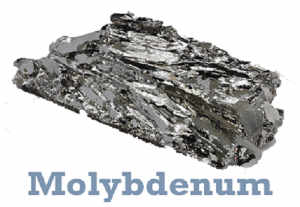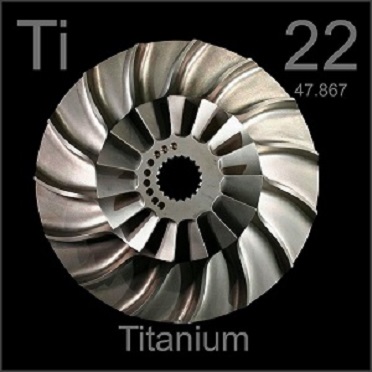Happy New Year in 2019! We are very happy with your company and encouragement that push us to insist on updating every week. On the occasion of the arrival of 2019, let us summarize the Top Posts in 2018 for you.
Metal History
“Metal History” is a popular column we have opened this year, aiming at introducing the discovery of different kinds of metals. Among them, the Top 3 posts in this column are as follows:
How was titanium discovered? | History of Titanium
Titanium is a metal element that is known as “space metal” because of its light weight, high strength and good corrosion resistance. The most common compound of titanium is titanium dioxide, and other compounds include titanium tetrachloride and titanium trichloride. Click the title of the article to know more.
Discovery and development of tungsten | History of Tungsten
The history of tungsten dates back to the 17th century. At that time, miners in the Erzgebirge Mountains of Saxony, Germany, noticed that some of the ore would interfere with the reduction of cassiterite and produce slag. The miners gave the mines some German nicknames: “wolfert” and “wolfrahm”. Click the title of the article to know more.
How was cerium discovered? | History of Cerium
Cerium is the most abundant rare earth elements. It is a silvery gray active metal, whose powder is easily oxidized in the air and soluble in acid. Cerium has been widely used in the automotive industry as a catalyst to reduce emission, and in glass industry as glass polishing materials. Cerium sputtering target is an important material in optical coating. Click the title of the article to know more. Click the title of the article to know more.
Metal Materials Application
Apart from history, we also introduce the multiple applications of these metal materials. Among them, the Top 3 posts in this column are as follows:
Molybdenum Target Mammography Detection
At present, molybdenum target mammography is considered the recommended breast screening examinations for women’s breast cancer, one of the major causes of deaths among women, affects about 12% of women around the world. Click the title of the article to know more.
Application of titanium and titanium alloys in medical field
Titanium is an ideal medical metal material and can be used as an implant for the human body. Titanium alloy has been widely used in the medical field and has become the material of choice for medical products. Click the title of the article to know more.
A short analysis of sputtering targets for semiconductor application
Semiconductors have high requirements for the quality and purity of the sputtering materials, which explains why the price of anelva targets is relatively high. Click the title of the article to know more.
Sputtering Targets
Sputtering Target is the consistent keyword of our website, and thus we have shared many useful information about some specific type of sputtering targets. Our intention is to help you better understand these materials—their properties, applications, developing prospect and so on. And the followings are the posts you really have to read. Among them, the Top 3 posts in this column are as follows:
PVD vs. CVD: What’s the difference?
In recent years, physical vapor deposition (PVD) and chemical vapor deposition (PVD) have wide applications in various industries to increase the hardness of tools and molds or apply beautiful colors to the products. Thus these two methods are considered as the most attractive surface coating technologies. Click the title of the article to know more.
What is the Indium Bonding for Sputtering Target?
The term “indium bonding” in thin film coating industry, simply speaking, refers to bond two (or more) sputtering targets with indium (In), or one (or more) with indium plate together. Click the title of the article to know more.
What is Target Poisoning in Sputtering Deposition?
At some stage in the sputtering deposition, positive ions are continuously amassed on the surface of the sputtering target. Due to the fact that those fantastic ions aren’t neutralized, the negative bias of the target surface gradually decreases, and progressively the normal operation can not be completed. This is the target poisoning phenomenon. Click the title of the article to know more.
Glad you are part of SAM’s 2018. Next year, please continue following us and we promise to give you more valuable information! Also, you can visit our official website https://www.sputtertargets.net/ for more information.



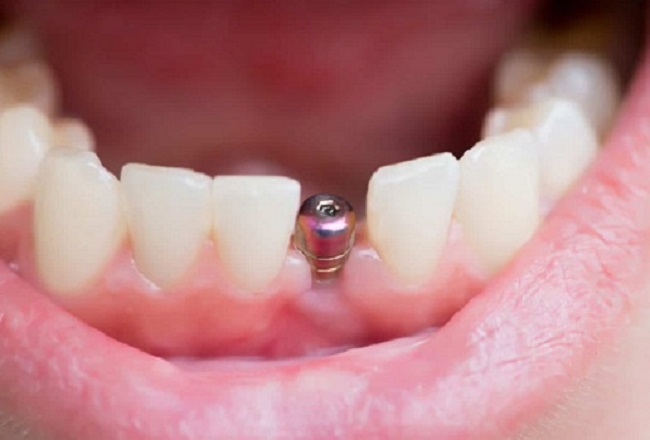
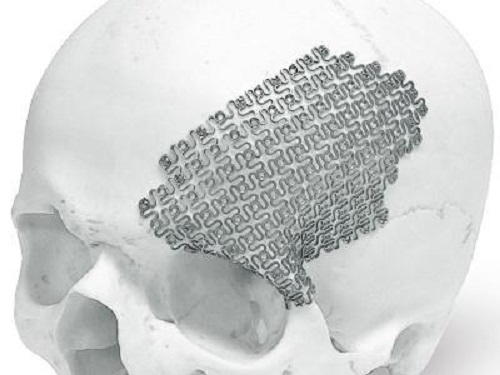
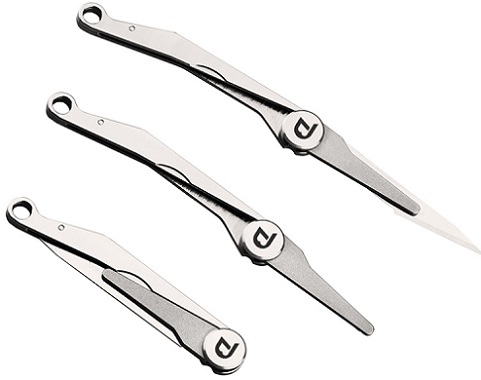
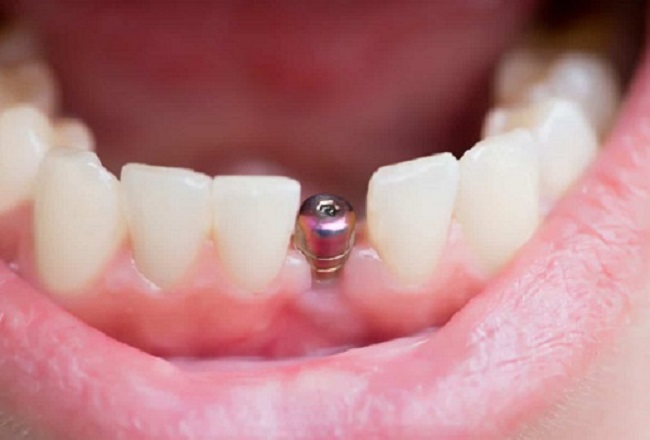
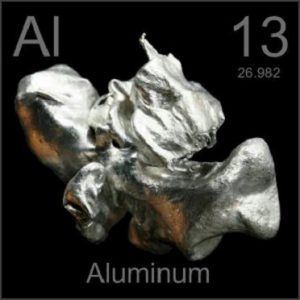 Discovery
Discovery

